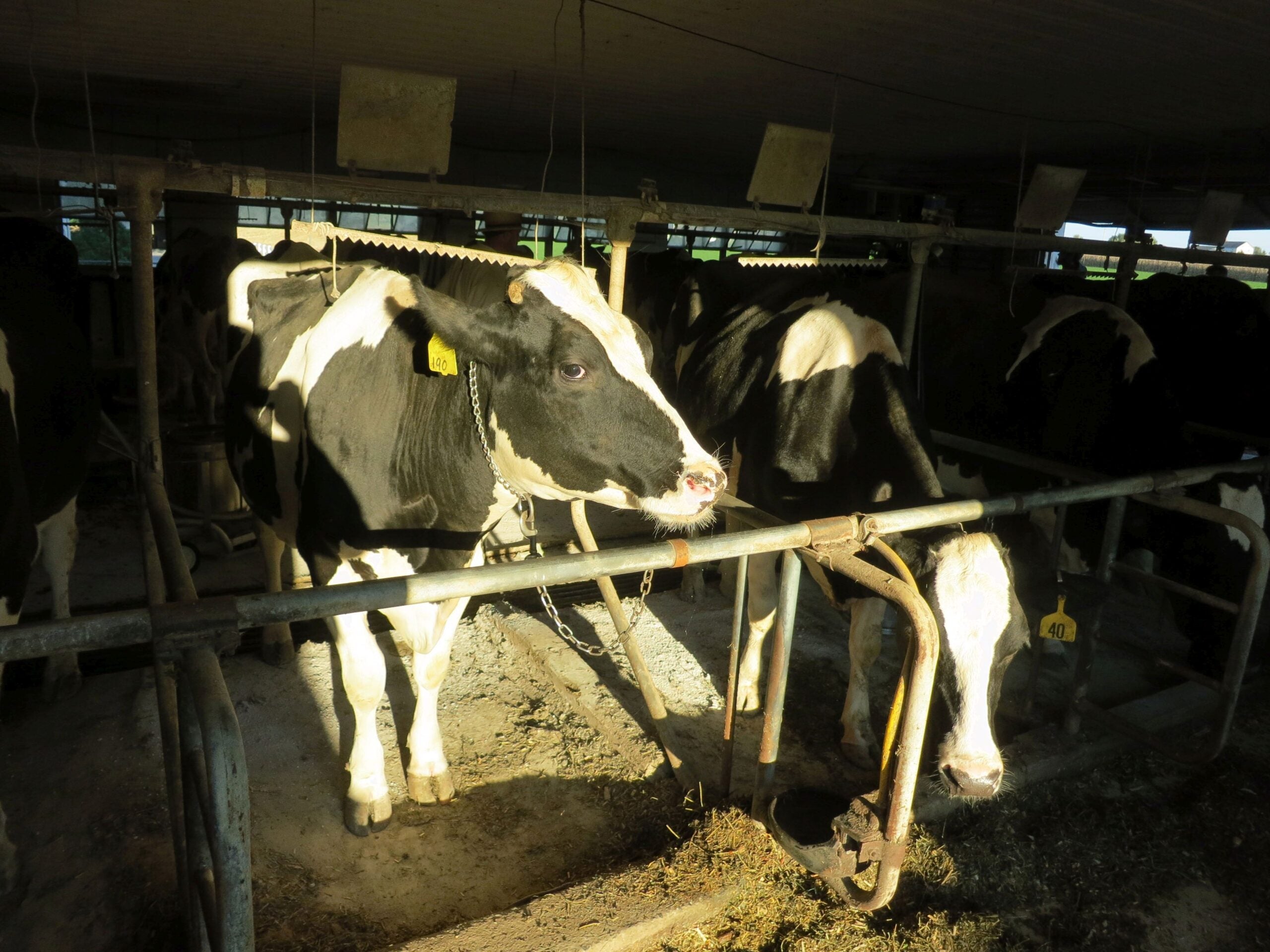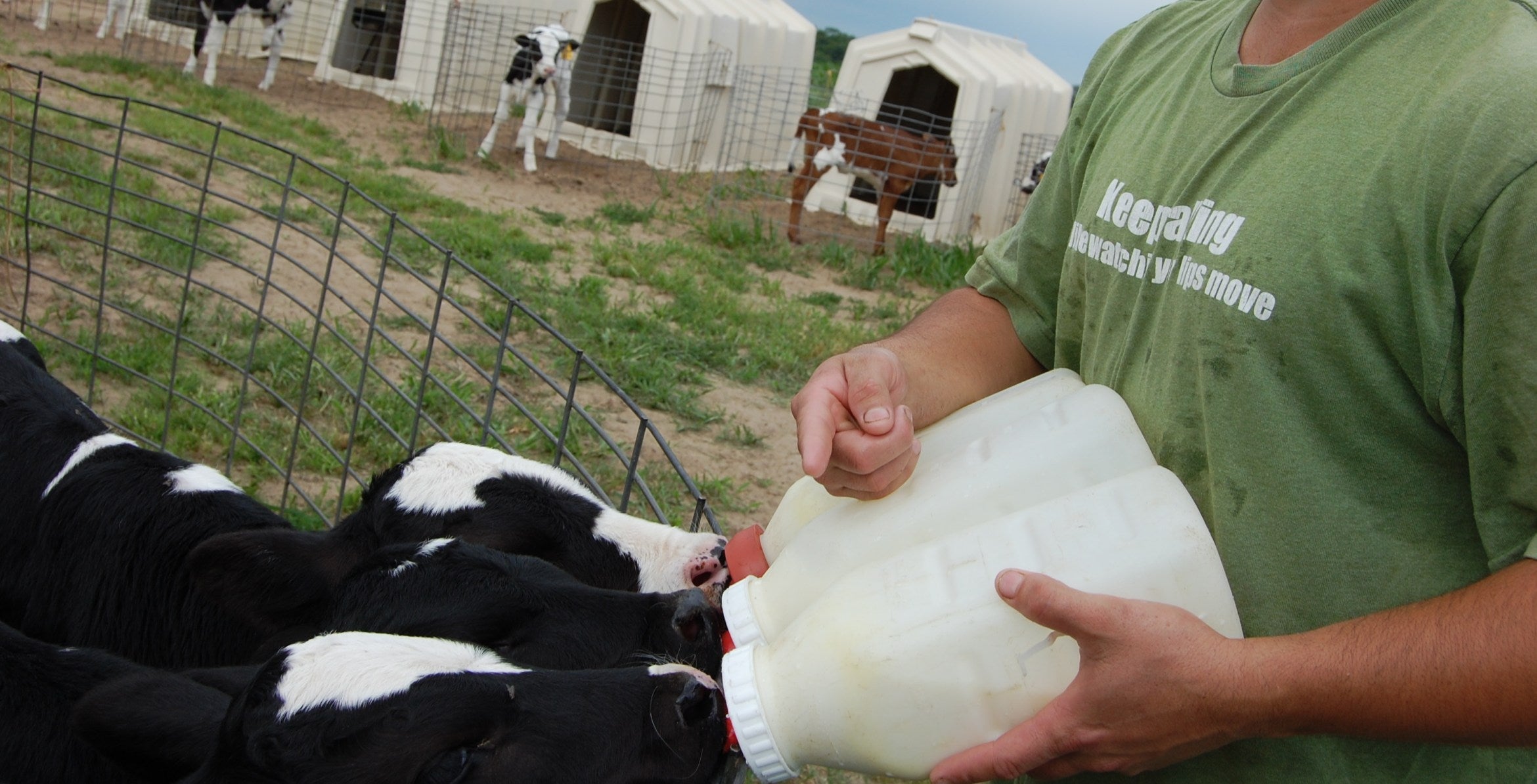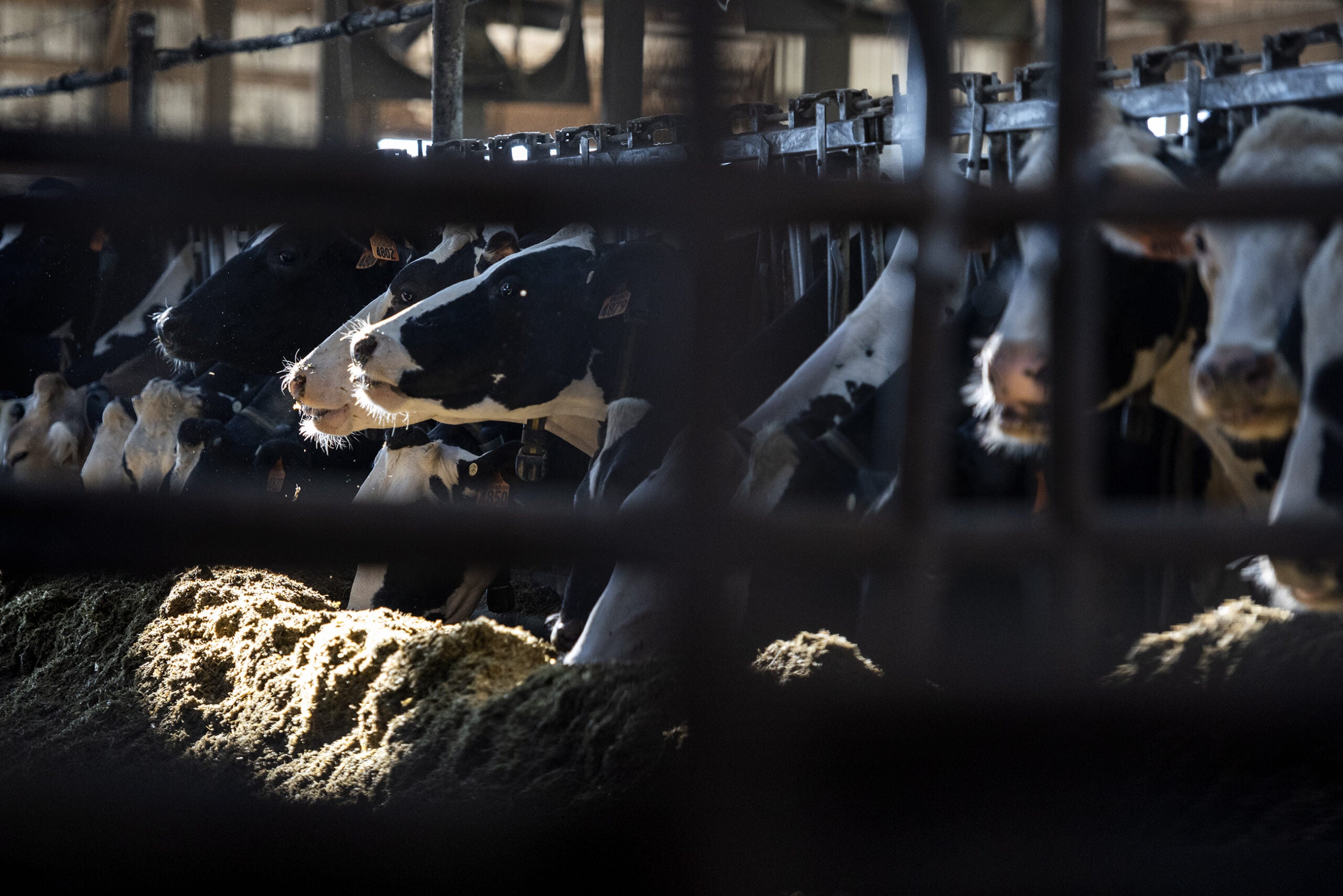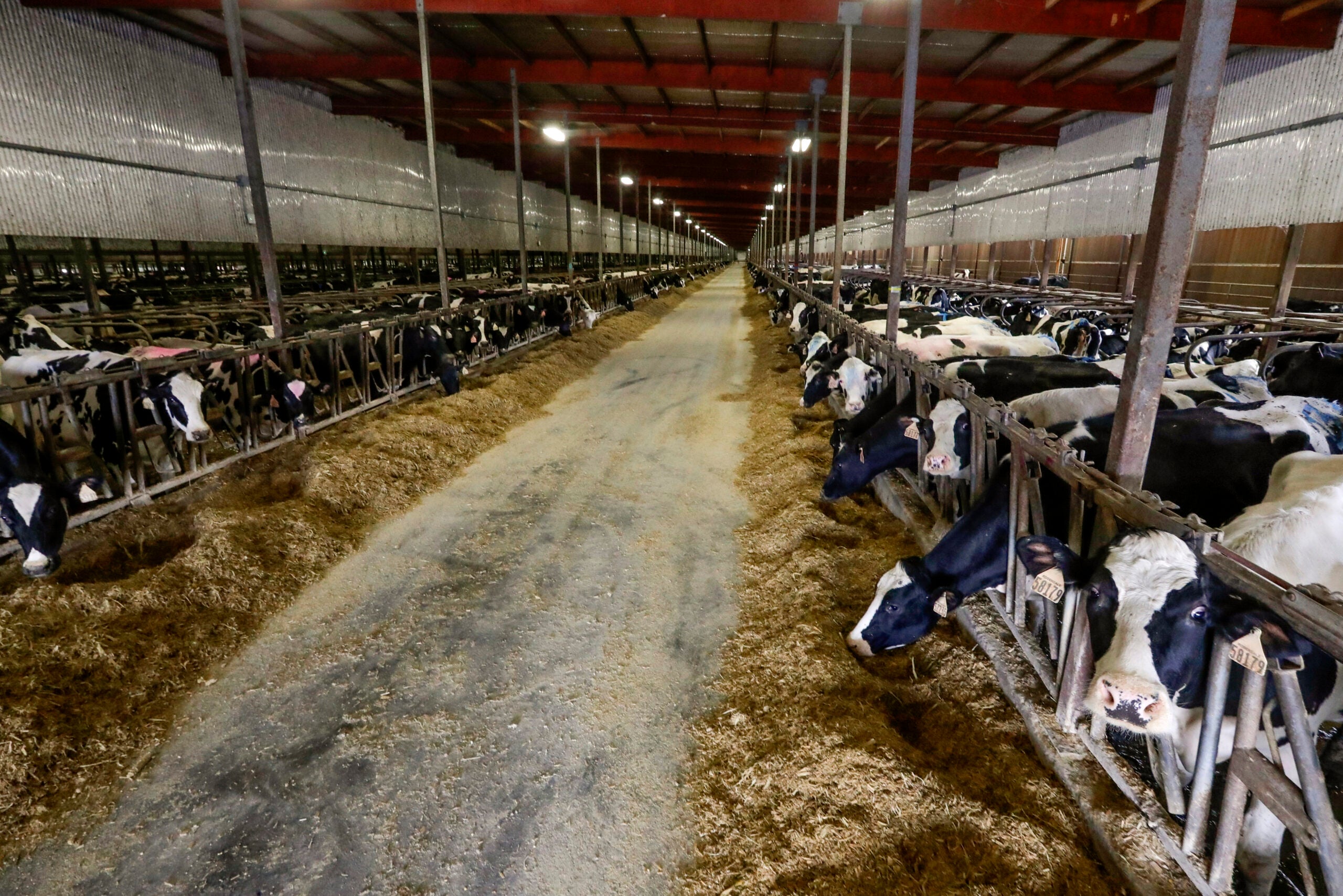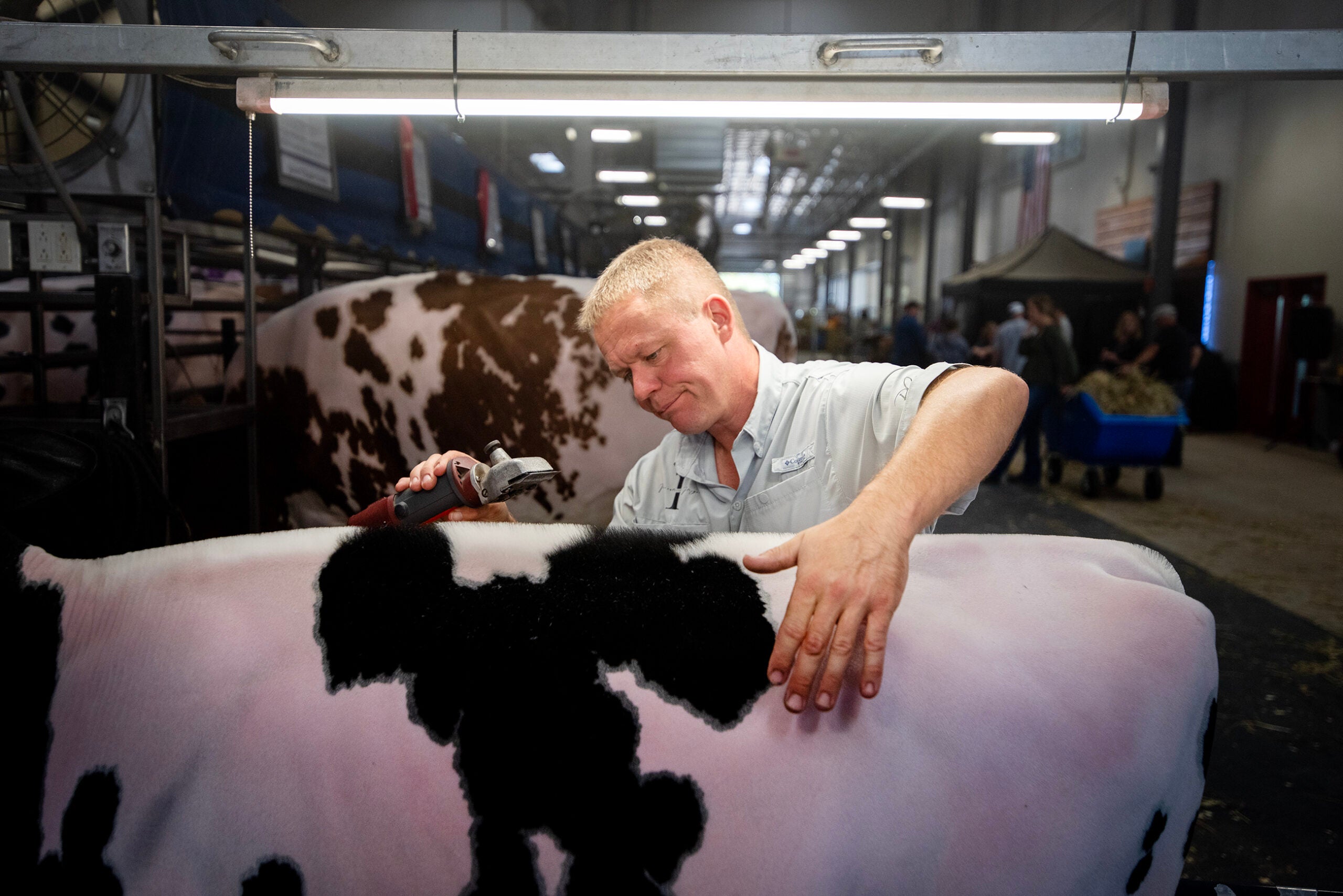Wisconsin lost 638 dairy farms in 2018, according to the latest data from the state Department of Agriculture, Trade and Consumer Protection. That’s a 7.25 percent decline in the number of registered dairy herds — the biggest drop since records started in 2004.
Bob Cropp, professor emeritus of agricultural and applied economics at the University of Wisconsin-Madison, said Wisconsin’s dairy farmers have had it tough.
“We’ve gone through four years of very disturbing low milk prices for dairy farmers and it’s finally taken a hold,” Cropp said. “It’s not only occurring in Wisconsin. We’’e getting reports from some other states like Iowa and others that are telling the same thing.”
News with a little more humanity
WPR’s “Wisconsin Today” newsletter keeps you connected to the state you love without feeling overwhelmed. No paywall. No agenda. No corporate filter.
Cropp said 2018 will likely have the lowest average milk price since the market fell in 2015.
Shelly Mayer, executive director of Professional Dairy Producers of Wisconsin, said the decline in farms has an impact on more than just the agriculture industry.
“That has an impact on the whole community around you,” Mayer said. “Your local feed mill, your accountant, the people you buy gas from and where you’re spending your dollar in your community, there are fewer dollars so other businesses feel the impact as well.”
Mayer said part of the decline is likely from natural retirements and consolidation within the industry.
“As a state, the citizens have benefited from having … a raw commodity that’s made here, manufactured here, sold from here and all the dollars come back. And other states want that, so there’s competition for our dairy families, our dairy infrastructure and our dairy processing.” Mayer said.
While the Midwest and the Northeast have seen slight declines in the number of dairy cows this year, states likes Texas, Colorado and Kansas have seen increased cow numbers.
Cropp said prices could improve in 2019 if milk production continues to slow and trade improves. But he said most dairy experts expect the number of dairy herds to continue to decline.
Wisconsin Public Radio, © Copyright 2025, Board of Regents of the University of Wisconsin System and Wisconsin Educational Communications Board.

